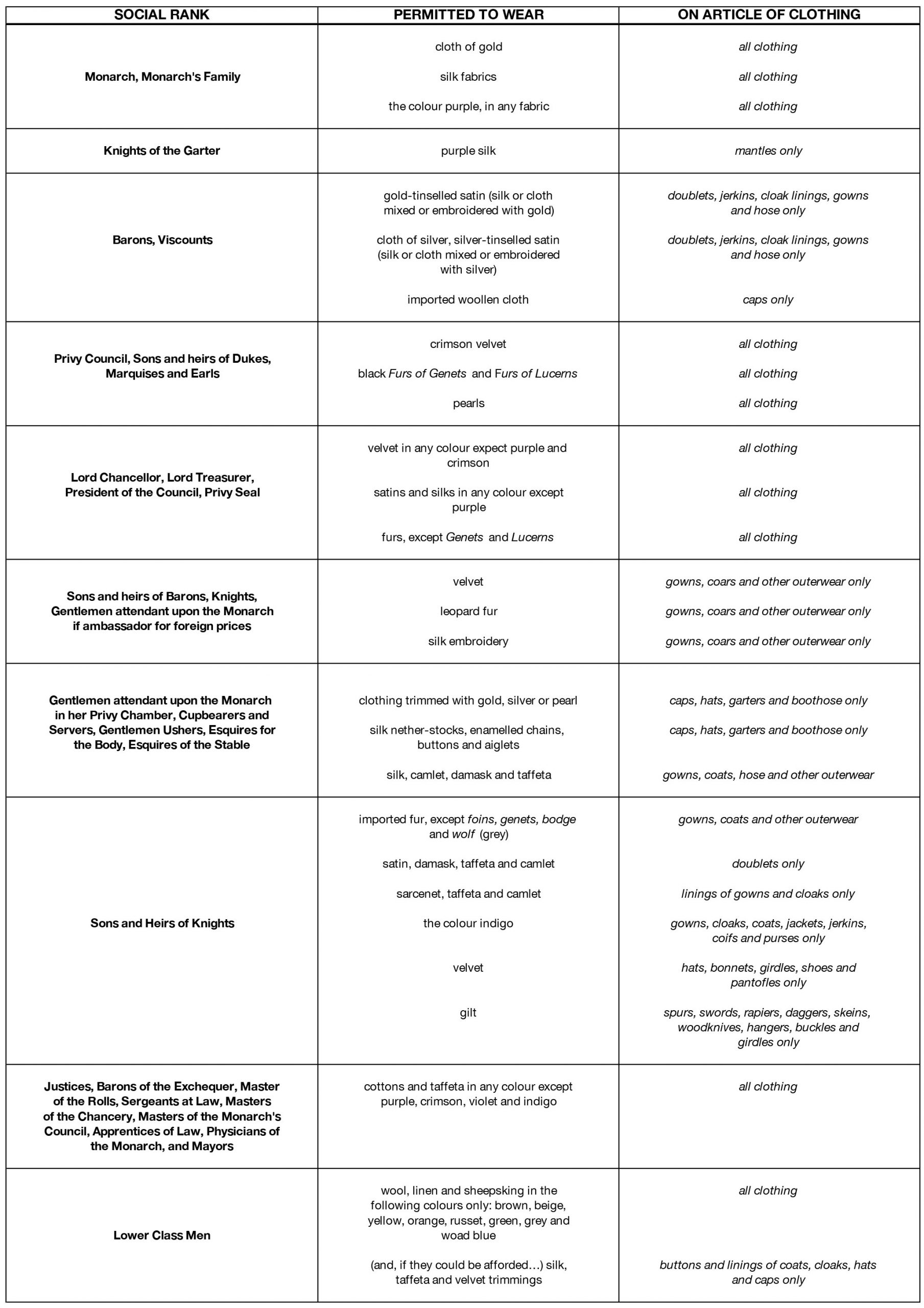TUDOR ADVENT | Tudor Laws
For Christmas 1541 Henry VIII introduced a new law – the Unlawful Games Act – which banned all sports on Christmas Day, save for archery, which was seen to be essential in maintaining England’s military strength. Later ‘leaping and vaulting’ were also permitted as these kept young men fit and strong.
In 1551 the young Edward VI introduced a new Christmas law which decreed that every person must walk to church when they attended a service on Christmas Day. Though not enforced, this law is still technically in effect today. In the mid 16th century the church introduced a new law banning all pictures of the baby Jesus taking a bath, arguing that Jesus did not need to be cleansed as he was already pure.
One type of law in place during the Tudor and Elizabethan period was the ‘Sumptuary Law’. Sumptuary laws were imposed by British monarchs to mark everyone’s social status by legally specifying what they could and could not spend their money on. These laws were designed to prevent lower class people from buying extravagant and luxury items, usually for religious or moral reasons. Sumptuary laws included strict regulations on food, drink, dress, and household equipment.
In theory, if a person broke one of the sumptuary laws, the offending article of clothing would be confiscated, and the person would be fined for every day they had worn it. However, most people got away with such crimes as it was too difficult to monitor what everyone wore all the time – especially when they were in their own homes.
TUDOR ADVENT | Tudor Laws
For Christmas 1541 Henry VIII introduced a new law – the Unlawful Games Act – which banned all sports on Christmas Day, save for archery, which was seen to be essential in maintaining England’s military strength. Later ‘leaping and vaulting’ were also permitted as these kept young men fit and strong.
In 1551 the young Edward VI introduced a new Christmas law which decreed that every person must walk to church when they attended a service on Christmas Day. Though not enforced, this law is still technically in effect today. In the mid 16th century the church introduced a new law banning all pictures of the baby Jesus taking a bath, arguing that Jesus did not need to be cleansed as he was already pure.
One type of law in place during the Tudor and Elizabethan period was the ‘Sumptuary Law’. Sumptuary laws were imposed by British monarchs to mark everyone’s social status by legally specifying what they could and could not spend their money on. These laws were designed to prevent lower class people from buying extravagant and luxury items, usually for religious or moral reasons. Sumptuary laws included strict regulations on food, drink, dress, and household equipment.
In theory, if a person broke one of the sumptuary laws, the offending article of clothing would be confiscated, and the person would be fined for every day they had worn it. However, most people got away with such crimes as it was too difficult to monitor what everyone wore all the time – especially when they were in their own homes.
This chart shows the male social hierarchy in place in the Tudor and Elizabethan period, running from the royal family at the top to the lower classes at the bottom. Each rank of person can wear whatever is listed on that row, as well as everything listed for the lower ranks below them. Look at the chart and the Glossary of Terms then use them to help you solve the crossword below.
This chart shows the male social hierarchy in place in the Tudor and Elizabethan period, running from the royal family at the top to the lower classes at the bottom. Each rank of person can wear whatever is listed on that row, as well as everything listed for the lower ranks below them. Look at the chart and the Glossary of Terms then use them to help you solve the crossword below.



